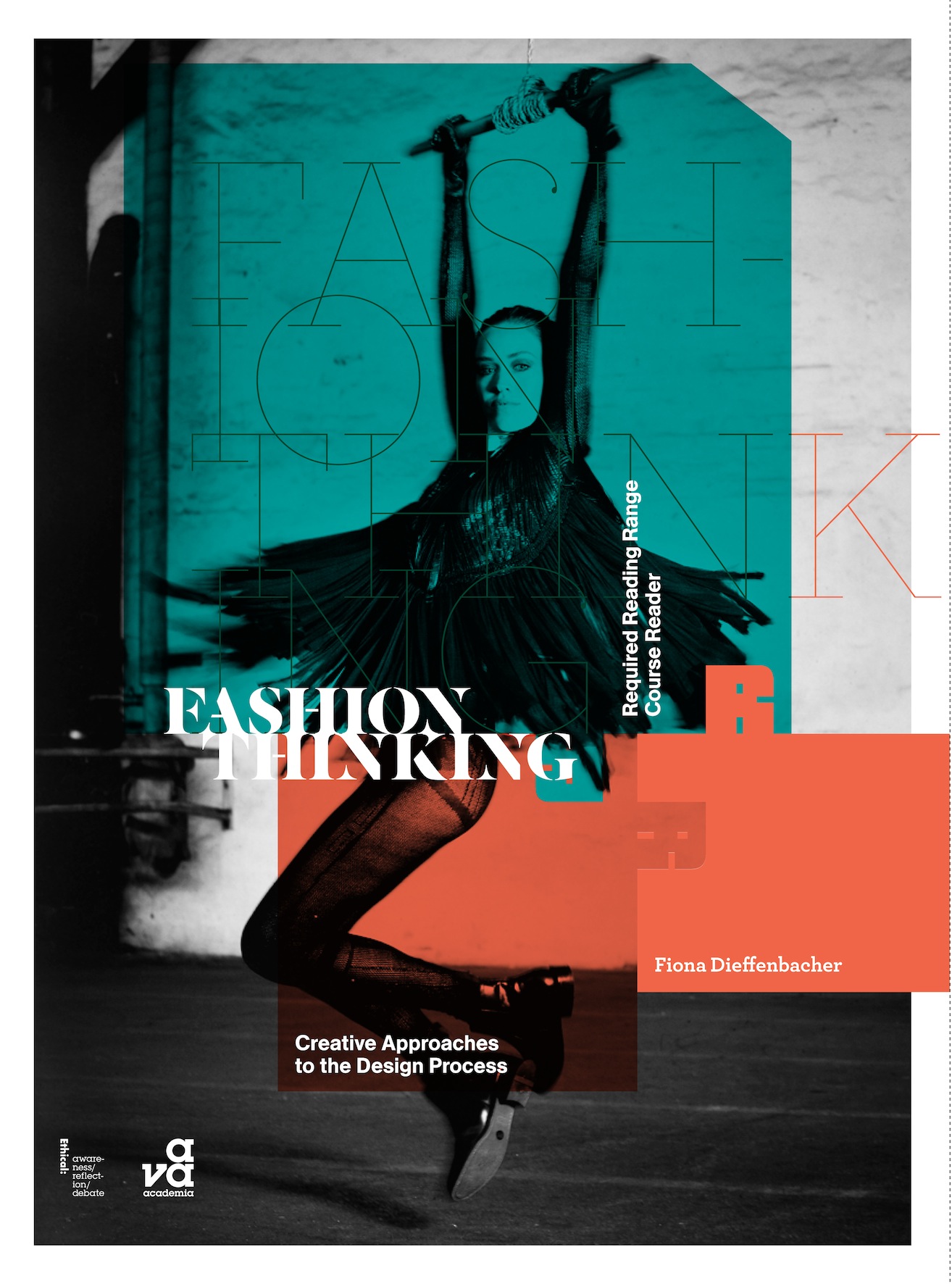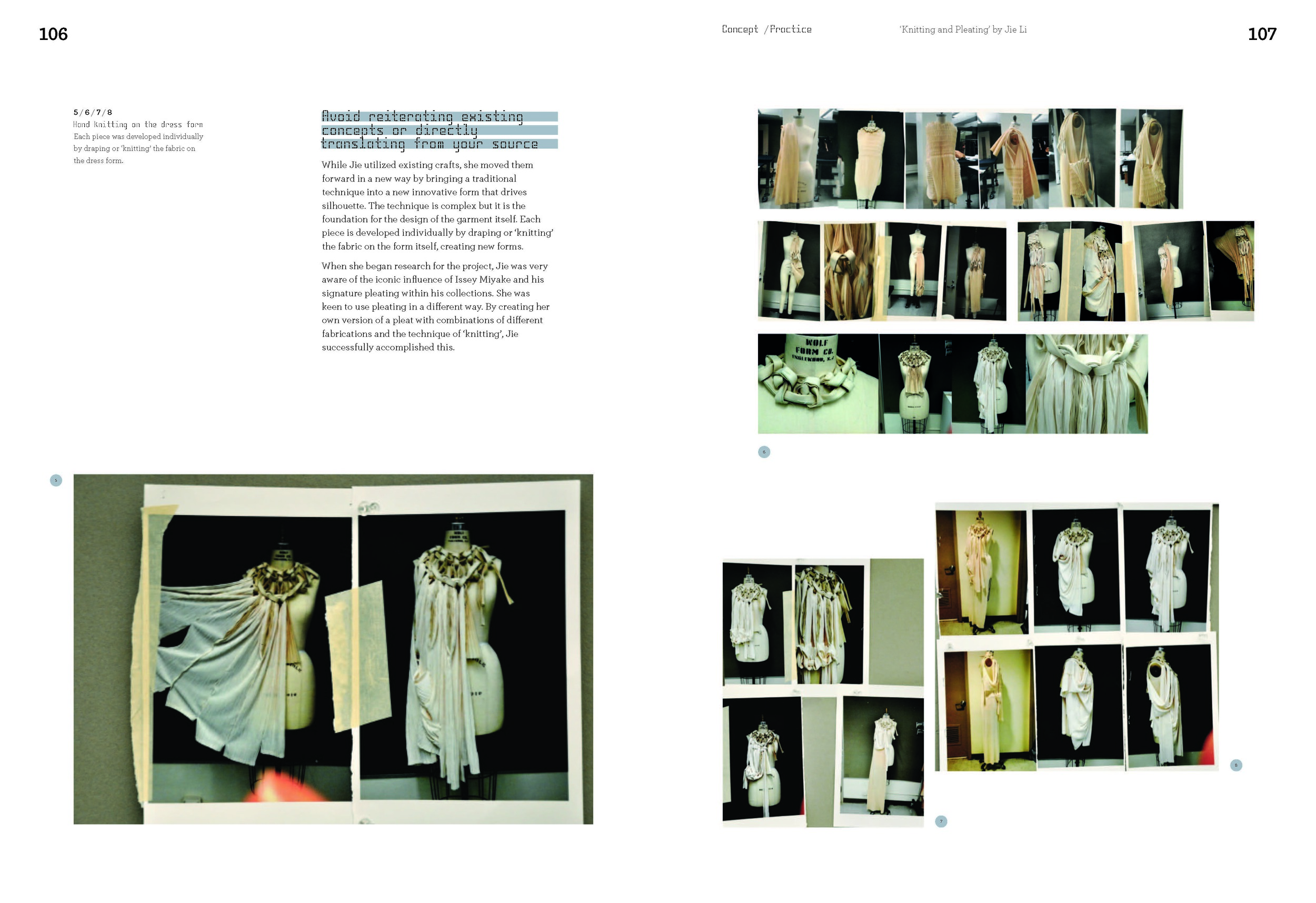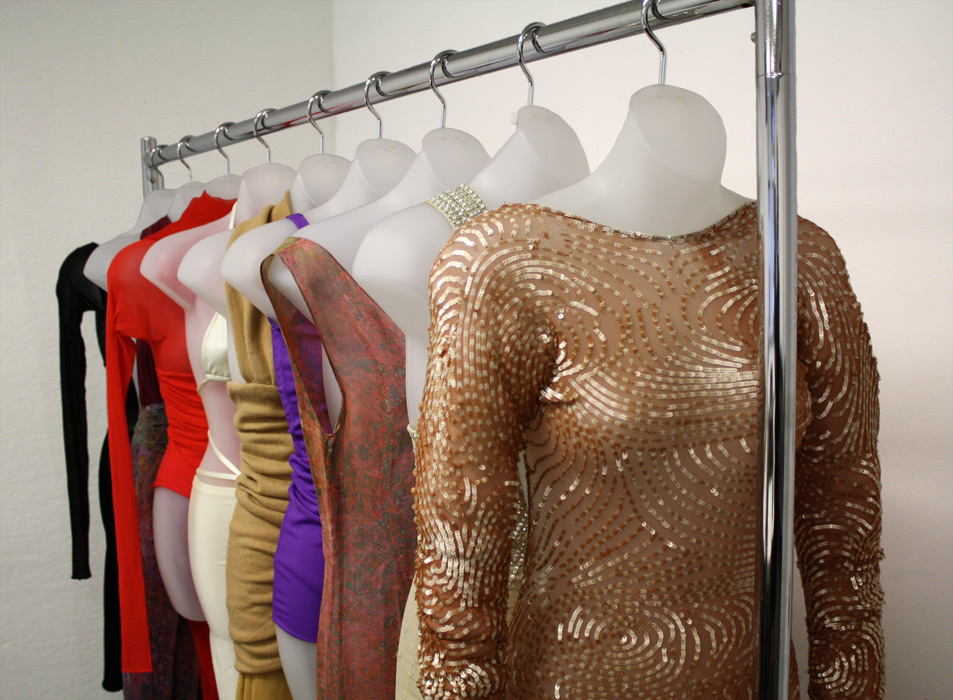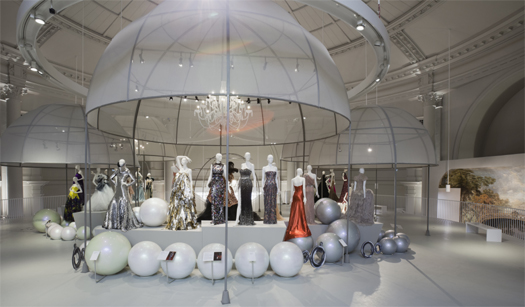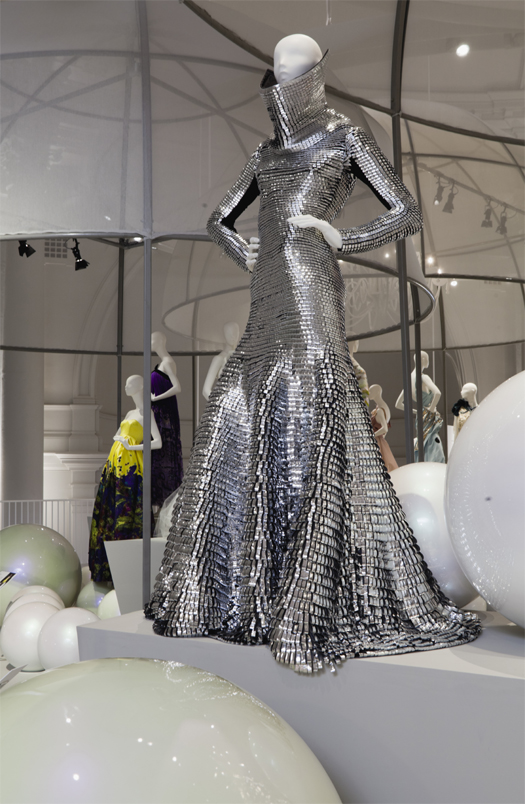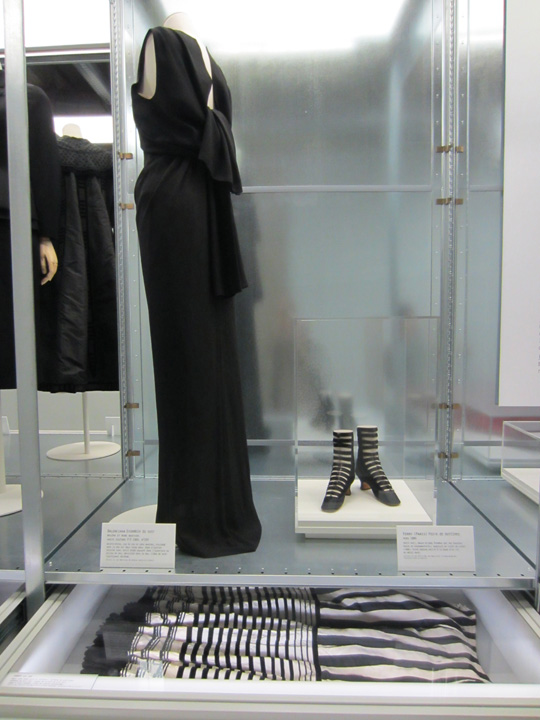“Women’s Work”: An Interview with Judith Thurman
/by Francesca Granata
Photo by Brigitte Lacombe
It is an humbling experience to write about Judith Thurman—her beautiful and succinctly crafted sentences haunting one’s imaginary. I vividly remember reading “The Wolf at the Door,” her profile of Vanessa Beecroft linking the Italian performance artist’s work to her bulimia, which she published in 2003 and discussing it animatedly with art friends and colleagues. However, it was her profile of Rei Kawakubo and the unique lyricism she employed to cover a subject so elusive such as fashion, that imprinted her name in my consciousness. Thurman started writing about fashion for the New Yorker, relatively late in her career, as an extension of her interest in femininity and women’s subjects—or what she calls “women’s work.” Previously, she wrote primarily about literature and the arts for the New Yorker and other publications, in addition to two biographies: Isak Dinesen: The Life of a Storyteller (a recipient of the National Book Award) and Secrets of the Flesh: A Life of Colette. The latter book, on a controversial literary figure and sexual libertine—which Philip Roth described as an “essential biography by a stylish writer of great sympathetic understanding and intellectual authority”—clearly foreshadows Thurman’s interest in fashion and its relation to gender and sexuality. Similarly to other critics interviewed, she sees fashion’s and fashion criticism’s relation to femininity as the reason behind its dismissal as a serious pursuit—a reception that her beautifully crafted and rigorously researched articles stand to rectify.
On a pleasant summer day, I sat in her well-tended garden in Manhattan to discuss her thoughts on fashion criticism and her own fore` into it for the New Yorker. Many of her articles on fashion and other “women’s work” can be found in Cleopatra’s Nose: 39 Varieties of Desire, published by Picador.
Fashion Projects: I was wondering how you came to your current post writing about fashion at the New Yorker?
JT: It was sort of happenstance. I followed fashion, but not professionally. I had worked at The New Yorker before I left to write the biography of Colette. David Remnick, who had just taken up the editorship of the magazine in 1999 said, “Why don’t you come back and work for us? I know you can write about books and art, but what else can you do? Is there something else you really want to do?” To which I replied “Actually I would love to write about fashion. I think I would always be an outsider; I am not going to write about it as an insider, like my great friend Holly Brubach a wonderful fashion critic who covered the collections. I said I don’t want to do that and you don’t want me to do it.” He said, “You are right.” So that’s how I started.
FP: So you started writing about fashion, somewhat recently, in the last decade or so. What drew you to the subject?
JT: I see it as an important element of culture and itself a culture. That really interests me. It is a form of expression, a kind of language dealing with identities. And the aesthetic of it also drew me to it. I love clothes and couture and its history is very interesting to me. For instance, I have always gone to museums and studied the clothing in the paintings. However, I don’t particularly like the fashion world and I try not to write about the business side of it.
FP: So you see yourself more as a cultural critic writing about fashion as opposed to a more traditional fashion critic covering the collections?
JT: Yes, although I have written about the collections. I used to go once a year to do one collection, whether it was menswear or couture or Paris or New York. I kind of stopped doing that. They were very hard pieces to write, since I wasn’t actually critiquing the clothes, I was trying to find some sort of zeitgeist that was coming out of the collections. Sometimes I was, sometimes I wasn’t.
FP: It can be oddly tedious to read about the collections, simply because there are so many. In the introduction to your most recent book, Cleopatra’s Nose: 39 Varieties of Desire, you wrote that what the various essays had in common, including the ones about fashion, was that they were about “women’s work.” You write a lot about fashion and gender. I was curious how you see the relation between fashion and femininity, considering that, for women of your generation, fashion was thought of as somewhat anti-feminist?
JT: That’s exaggerated. In the 1970s when I was young and starting my career, there was a kind of hard-core feminist view that fashion was frivolous. I never shared it, because I think the impulse to decorate your body and adorn yourself goes back in time: men do it; birds do it! I always thought it was legitimate and interesting. Having lived in Europe for a long time, I also think of this resistance towards fashion as an American rather puritanical thing that has to do with the Eros of fashion and the relation between fashion and sex. I think that those relations are interesting and legitimate, just as they are in writing.
FP: So did you ever find any resistance to the fact that you were writing about fashion?
JT: Yes there is resistance. Not really at the New Yorker. In a certain sense, it is a magazine that is often criticized for not having enough women’s voices. There is a tendency that I disapprove of and resent, not just atthe New Yorker, that still thinks of fashion criticism and fashion writing as a woman’s page activity. Part of that is the fashion world—this bubble-headed non-sensical thing. But of course, it is very serious, when you think of the kind of resources, the oxygen that it takes in the culture, [fashion] is actually a really important pursuit and certainly as important as some of the idiotic political discourse. I am not saying all of it, but with something like Weinergate, are you following the story as a serious pursuit? More serious or less serious that a brilliant designer, like McQueen who is challenging a set of conventions? No. But there is a kind of feeling that fashion is a soft subject that is a woman’s subject, that is a frivolous subject, that is a lesser subject. I disagree with that.
FP: Historically, it did develop in the woman’s section of newspaper.
JT: I was thrilled, for example, to discover that Mallarmé had written about fashion and so had Roland Barthes. That really interested me, and your project interests me because serious writings about fashion should probably be taken seriously by more serious people. There are some wonderful writers. I really like Valerie Steele—she writes really well about fashion.
FP: Maybe it’s because of my age and the fact that everybody thinks their cultural moment is specific, but do you feel that in the last ten years, the interest in the United States surrounding fashion has increased?
JT: I think it has. The pop culture interest in fashion has definitely increased. For every single award ceremony, there is a red carpet. They are giving away the Fire Department Award and there is a red carpet. With that, the exposure that fashion and designers are receiving has increased. The celebrity fashion thing, which is a goldmine for the fashion world, is heightened. I don’t think that the general public’s awareness of designers and clothes has improved. But what’s happened underneath is that there are very few rules anymore, people dress in a very anarchically interesting way. Fashion has been democratized. What happened in fashion is sort of what happened to sex. I have a 22-year-old son. Gender lines are much more relaxed, so menswear is becoming more interesting. Men, regardless of their sexuality, are becoming more interested in fashion. If you look back at the fashion magazines of the 1950s, it is a middle class suburban women’s world. That’s who the audience was. It’s no longer that.
FP: So you see an historical change in the way fashion is covered. At the same time, you are one of the few people who really has the space within journalism to write long pieces and long reviews of exhibitions about fashion. I wondered if you had time to think of the idea of fashion in the museum: I was interested, for instance, in your review of the McQueen exhibition, which was very positive vis-à-vis, for instance, Holland Cotter’s review in the Times. Obviously, you have a more specific knowledge about fashion, whereas Cotter is more of a straight art critic.
JT: Well, I pick the museum shows that I review. I don’t have to cover all of them, which means there is a much higher percentage of favorable reviews. This show was one of the best exhibitions they have ever done, alongside “Extreme Beauty.” Generally, I tend to think museums should put the clothes in their social historical context and the wall text should be really intelligent. It’s in the museum, it has to be worthy of the museum and you want to know about the life of the artist, the context. All of that is important. If they are done that way, I think it’s great.
FP: Yes, and fashion exhibitions are increasing in numbers and gaining so much attention.
JT: Also, the last decade has seen a greater exposure of performance art, and I think that’s also related to runway shows. McQueen could be understood as a performance artist who used clothes the way someone like Marina Abramovic uses her body. That was so interesting, the work was so strong. And many people said you can’t wear any of it, but that wasn’t his goal, for the runway at least. He had to sell clothes and he did. I can’t afford to buy McQueen in the store, but if I find it in resale stores, whatever I find I pretty much buy. It’s completely wearable stuff, it’s not just the runway stuff. He was a great tailor. He had mastered the skills as well as being a conceptual performance artist, which is a very rare combination.
FP: In your book, you talked about fashion as a form of image-making, as in the case of Jackie O, but you also write about fashion designers such as Kawakubo, who are obviously very experimental. I was curious how you decide on a subject to cover?
JT: You have to feel like it’s worth your while. Whether it is a fashion or an artist or a writer there has to be a compelling mystery in the work, that you would want to understand. In the case of Rei, it was the mystery of her making something so beautiful, so elusive and of where her ideas come from. There is always some question that I want to answer. Sometimes I don’t know the question I want to ask. I just sense it’s there.
FP: Can you talk about your process?
JT: Profiles are rather different than critic pieces. First, you do your background reading of whatever is published about that subject and than you meet them. You build a rapport, you establish a relationship and then you sort it out. You go through your notes, you listen to the tape and ask, “What is this about? What is the story there?” And that’s hard, you just don’t know. Writing is very hard for me. I actually hate it!
FP: A lot of writers say that.
JT: Well, Thomas Mann put it best. He said, “A writer is someone for whom writing is harder than for other people.”
FP: The way you craft your sentences is quite unique. What I really liked about your pieces is that there is a lyricism to them: You create meaning through the way you use language.
JT: That’s the hard part: creating meaning through language. Good writing is always about that. That’s the criteria and you have to get there. It’s very obvious when you haven’t. So you keep banging your head against the wall until something comes up.
FP: And there is certainly more explanatory writing that does not do that, but it’s just not as interesting to read.
JT: It delivers information, and good writing has to deliver more than information. It has to deliver surprise, beauty and a sense of shape.
FP: You mention liking Extreme Beauty. A number of your pieces deal with the way fashion shapes the body in ways that eschews conventional creation of beauty. Why do you think that is?
JT: I used to joke that I was the New Yorker’ssex correspondent. It’s very much about sexuality, sex and identity, revelation and concealment, persona and authenticity. Fashion deals with them consciously and unconsciously. Pretty much everyone gets dressed in the morning and most people make some sort of choice. Clothing is your interface with the world. It’s a very Japanese idea, the Japanese notion that the color that you wear is very expressive. By wearing black, for example, you are veiling yourself. You are cutting yourself off from contact with others or expressiveness. It’s these strange laws that are implicit and tribal identifications that are made.
FP: Japanese fashion is so interesting. They are so geared toward fashion compared with other cultures.
JT: It’s the strangest combination of utter convention and utter non-conformity. You have a window of time when you are young to live wild and then you settle down. In a way, it seems logical that a culture so conformist would produce both art and fashion that was so experimental.
FP: There has been a lot of talk about ethical fashion and about sustainability and fashion, yet at the same time fashion has been thought of as immoral and unethical. It’s related to an idea of femininity and masquerade and thus somehow corrupting. I was wondering if you thought about that and are interested in ethical fashion?
JT: If you think about clothing’s beginning, it was about killing animals and skinning them and then wearing their skins—literally the borrowing of the skins of something else. So to me, ethical fashion would be how it’s produced rather than what it is itself. Are the people who are making it, getting a decent wage? Is the silk or the cotton being produced in an ethical manner? And yes, there is a certain kind of obscenity about the $6,000 handbag, but obscenity is not the same as immorality. And yes, there is an immorality in making people want things. Marie Antoinette was criticized because she created these desires in French women for outlandish expensive things, and they spent their dowry on them which seemed immoral.
FP: Fashion often gets a bad reputation, because traditionally femininity and fashion have always been associated with a lack of morality.
JT: The cliché is that the rich woman, with not enough to do, is a social parasite spending money that she hasn’t earned on clothing to attract the men to keep her in style. That’s the cliché in a nutshell.
FP: I was curious whether you ever thought of writing a book on fashion, on a particular designer perhaps? Your books in the past have been about literary figures.
JT: I just wrote a catalogue essay for a book on Diana Vreeland and, after 8,000 words, I was happy to be done with it. Fashion is a world I like to parachute in and parachute out. I don’t want to live there for years and years.
FP: You write online as well as in the magazine. Do you like the immediacy of the web?
JT: It’s relaxing or fun, in a way, to bang something out and not worry too much about the style. It’s like writing an e-mail. It’s freeing and spontaneous. It’s not the same as writing an article for the magazine. It’s not comparable in any way. It’s just another activity. I like reading fashion blogs. They’re fun.
FP: I am assuming that developing a story in the magazine takes a lot of time.
JT: Yes. Sometimes with museum exhibitions, I have to turn it around really fast, [even] one day. For a profile, you have a long time. A blog is more like getting riffs. At the same time, it’s like reading aggregated news rather than reading the New York Times.
FP: Are you afraid that the art of writing might get lost?
JT: Yes. Attention spans are shrinking as fast as the ice cap.
FP: I am not sure. I teach college students and some of them are really interested in long-form journalism. Everybody says that people don’t read, but these kids are reading more.
JT: My partner is a publisher and he is 72 and is very, very pessimistic. He was 22 when he went into the business and he has seen publishing in the span of 50 years and is kind of in despair about the future of the book. I am agnostic—it doesn’t look good but one does not know. And I think there is a challenge to do something shorter, more intense. What do you teach?
FP: I teach at Parsons, a visual culture course on contemporary fashion and performance, from the 1980s to the present day. We spend a lot of time on Rei Kawakubo, Leigh Bowery, Alexander McQueen, Hussein Chalayan and Walter van Birendonck, but also on more recent practioners like Bernhard Willhelm. I would like to integrate the idea of Lady Gaga and how she is bringing this experimental work to the mainstream.
JT: Yes, I was going to bring her up in relation to the explosion of fashion as popular culture, but there are people from the 1980s who are completely forgotten: people like Romeo Gigli or [Claude] Montana. Ultimately, I think fashion’s popularity has to do with this obsession with the ephemeral. Performance art is ephemeral. So is fashion.
Published in Fashion Projects #4. Order here.


